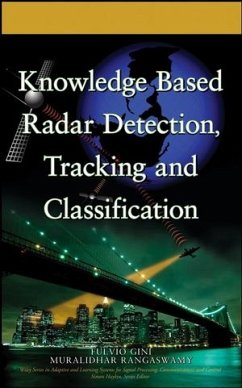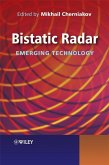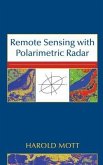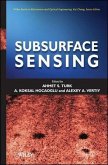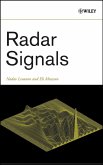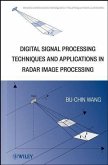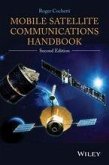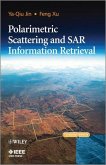Discover the technology for the next generation of radar systems Here is the first book that brings together the key concepts essential for the application of Knowledge Based Systems (KBS) to radar detection, tracking, classification, and scheduling. The book highlights the latest advances in both KBS and radar signal and data processing, presenting a range of perspectives and innovative results that have set the stage for the next generation of adaptive radar systems. The book begins with a chapter introducing the concept of Knowledge Based (KB) radar. The remaining nine chapters focus on current developments and recent applications of KB concepts to specific radar functions. Among the key topics explored are: * Fundamentals of relevant KB techniques * KB solutions as they apply to the general radar problem * KBS applications for the constant false-alarm rate processor * KB control for space-time adaptive processing * KB techniques applied to existing radar systems * Integrated end-to-end radar signals * Data processing with overarching KB control All chapters are self-contained, enabling readers to focus on those topics of greatest interest. Each one begins with introductory remarks, moves on to detailed discussions and analysis, and ends with a list of references. Throughout the presentation, the authors offer examples of how KBS works and how it can dramatically improve radar performance and capability. Moreover, the authors forecast the impact of KB technology on future systems, including important civilian, military, and homeland defense applications. With chapters contributed by leading international researchers and pioneers in the field, this text is recommended for both students and professionals in radar and sonar detection, tracking, and classification and radar resource management.
Dieser Download kann aus rechtlichen Gründen nur mit Rechnungsadresse in A, B, BG, CY, CZ, D, DK, EW, E, FIN, F, GR, HR, H, IRL, I, LT, L, LR, M, NL, PL, P, R, S, SLO, SK ausgeliefert werden.

